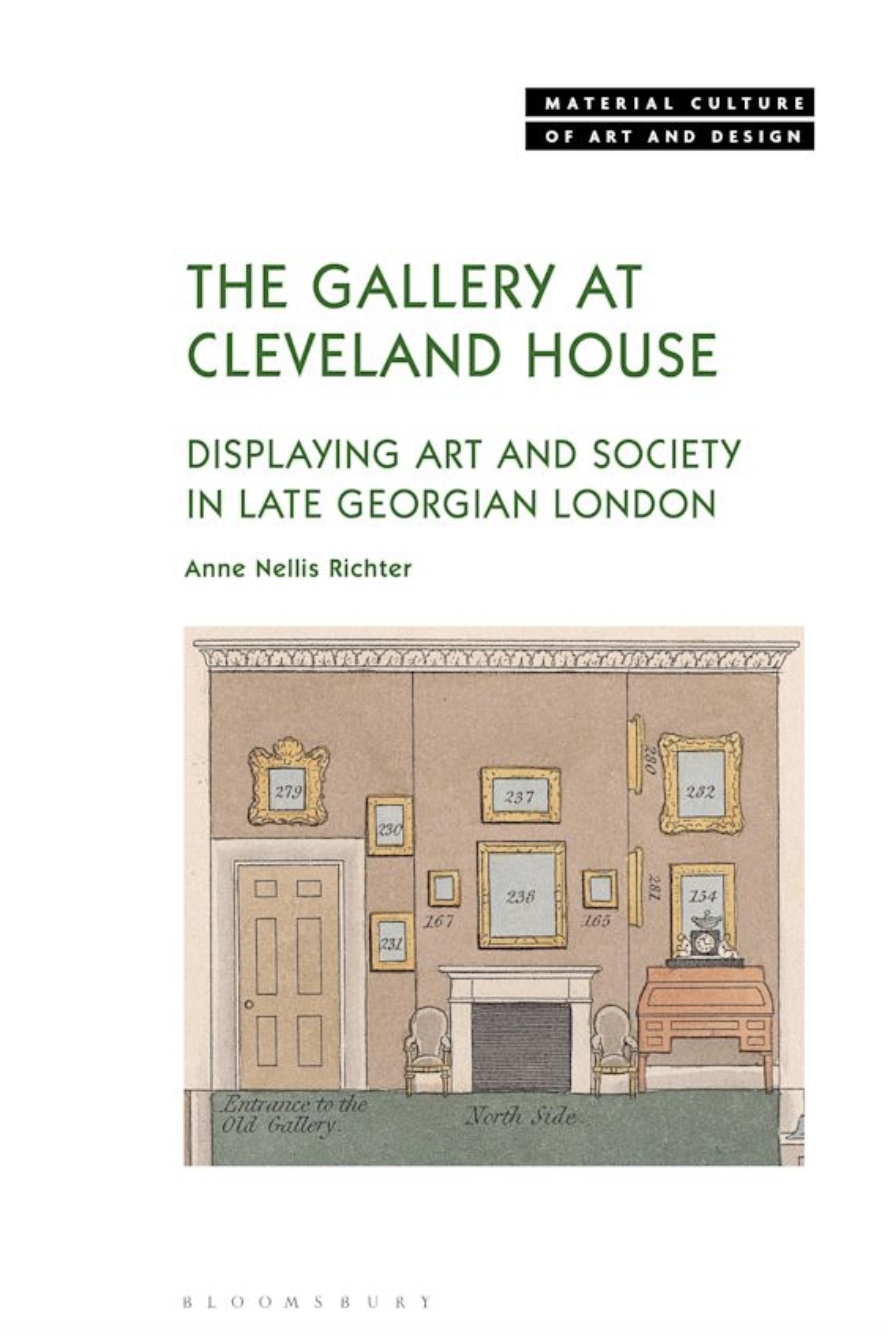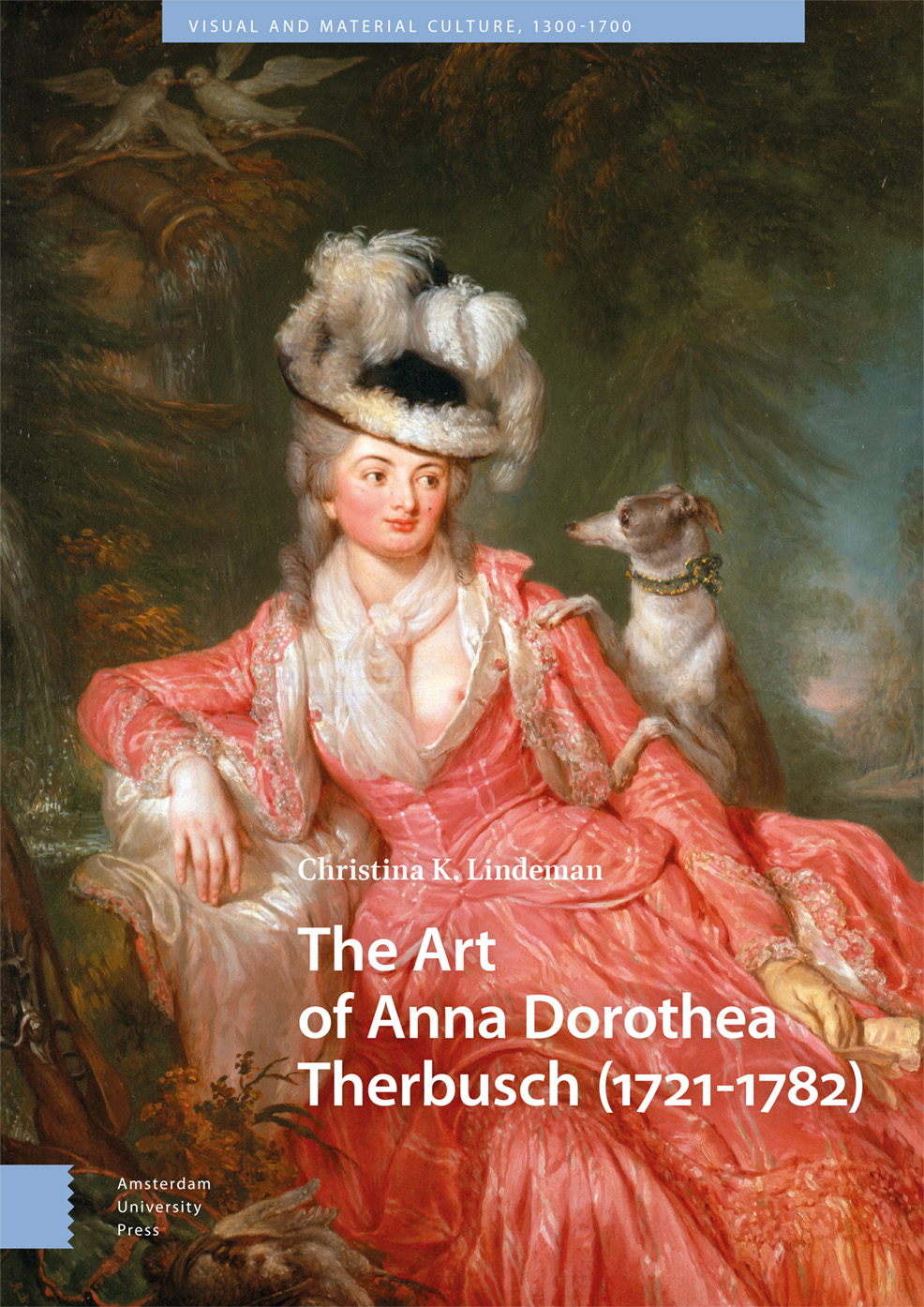Call for Papers | Unfolding the Coromandel Screen

Coromandel Screen, Kangxi reign (1662–1722), Qing dynasty, carved lacquer, 258 × 52 × 3.5 cm
(Art Museum, The Chinese University of Hong Kong, 2001.0660)
◊ ◊ ◊ ◊ ◊
From the City University of Hong Kong, as posted at ArtHist.net:
Unfolding the Coromandel Screen
Online and and in-person, City University of Hong Kong, 22–25 November 2024
Organized by Wang Lianming with Mei Mei Rado
Proposals due by 20 January 2024
With the generous support of the Bei Shan Tang Foundation, the Department of Chinese and History at City University of Hong Kong will host a two-part academic event titled Unfolding the Coromandel Screen in celebration of the department’s tenth anniversary. This four-day event will bring together an international group of art historians, museum curators, conservators, collectors, and global historians to delve into various facets of the Coromandel screen and its intricate histories of interrelations with paintings, prints, decorative arts, palatial and interior designs, global maritime trade, and the fashion industry. The conference, organized by Wang Lianming (City University of Hong Kong) in collaboration with Mei Mei Rado (Bard Graduate Center, New York), will take place on-site at City University of Hong Kong and via Zoom on November 22–23. The keynote speech will be delivered by Jan Stuart, the Melvin R. Seiden Curator of Chinese Art at the Smithsonian National Museum of Asian Art, Washington D.C. Following the conference, participants will be invited to join a two-day traveling seminar from November 24 to 25, visiting lacquer and conservation workshops and museum collections in and around Guangzhou.
Context and Scope
During the second half of the seventeenth century, the production of the Coromandel screens, also known as kuancai (‘carved polychrome’), thrived along China’s southeast coast. These screens gained immense popularity domestically and in European markets, fostering connections between regional artisans, merchants, and prominent European figures such as royalty and nobility. In the last two decades of this century, the Coromandel screens emerged as one of China’s most frequently exported commodities, rivaling porcelain and challenging Japanese lacquerware exports. Their significance extends far beyond the general perception of being merely mass-produced craftwork of subpar quality. The conference will focus on two interconnected yet distinct lines of development: the screens encapsulated social cohesion, domestic networks, and transoceanic encounters while simultaneously becoming entwined in global histories that positioned them as coveted commodities, commemorative gifts, sites of maritime connectivity, and evocative artistic expressions originating from the Orient. Following this view, three key areas of investigation are at the forefront of discussions:
A) Transported Visions and Spatial Mobility unravels the role of the Coromandel screens in facilitating visual communication during the early modern world. Drawing inspiration from Aby Warburg’s concept of the ‘Image Vehicle’ (Bilderfahrzeuge, 1932), this inquiry delves into the dynamic and creative exchange of ideas, compositional elements, and ‘pictorial formulas.’
B) Inscribed Surfaces and Social Cohesion delves into the societal aspects of the Coromandel screens within domestic contexts. They were widely circulated as inscribed gifts among middle- and low-ranking, yet affluent, Qing officials stationed on the frontier. Their indexical nature provides a distinct perspective to unravel the interconnected social networks, political gatherings, interactions among officials and merchants, and intertextuality within and across regions.
C) Deconstruction and (Re)Framing: The Afterlives encompasses a wide range of transcultural practices applied to Coromandel screens after their removal from their original context. This scope analyzes and conceptualizes the procedural aspects of integrating Coromandel screens into new displays, such as European palatial interiors, marquetry furniture, and new works of art created by fragmenting, reassembling, refurbishing, and (re)appropriating lacquer panels.
Proposals may address, but are not limited to, the following topics:
• The mobility, intermingling, and dissemination of certain pictorial formulas through the Coromandel screen, such as the ‘Han Palace’ (estate celebration) or ‘Wenji Returning to Han’
• The interplay between various types of screens, porcelain, lacquerware, carpets, wallpaper, prints, furniture, and other decorative arts
• The interplay between various formats, materiality, and techniques along China’s southeast coast
• Regional divergences in terms of style, motif, lacquer and carving techniques, overall designs, etc.
• Recent discoveries in museum conservation
• The entangled histories with other screens produced in East Asia, such as the Nanban screen, the gilt biombo produced in Macao, and the painted screen in Korea
• Inscriptions, gift-giving, official-merchant interaction, political manifestos, social cohesion, and practices, etc.
• Sawing, reassembling, refurbishing, and (re-)appropriating lacquer panels in new contexts, and other framing practices
• Imitation and transmedial practices, such as leather imitation of the Coromandel screen
• The Coromandel screen’s entanglement with Japonisme painting, haute couture, and the fashion industry
• Theoretical discourses on the Coromandel screen’s valence in Orientalism, transculturalism, and global (art) history, etc.
Proposals from all disciplines are welcome. Please send an abstract of no more than 300 words, along with a brief bio, to unravelingcoromandel@googlemail.com by 20 January 2024. Presentations in English or Chinese (with pre-translated lecture notes required) should not exceed 20 minutes. The proposals accepted will be announced in early April 2024.
The Bei Shan Tang Foundation, in conjunction with the Department of Chinese and History of City University of Hong Kong, will cover the costs of lodging and travel. We also encourage speakers who can fund their own travel to participate. For further inquiries, please contact lianming.wang@cityu.edu.hk.
The organizers envision publishing selected conference papers in an edited volume.
Advisory Board
Ching May Bo, City University of Hong Kong
Burglind Jungmann, UCLA
Mei Mei Rado, Bard Graduate Center, New York
Anton Schweizer, Kyushu University
Wang Lianming, City University of Hong Kong
Xu Xiaodong, CUHK Art Museum



















leave a comment